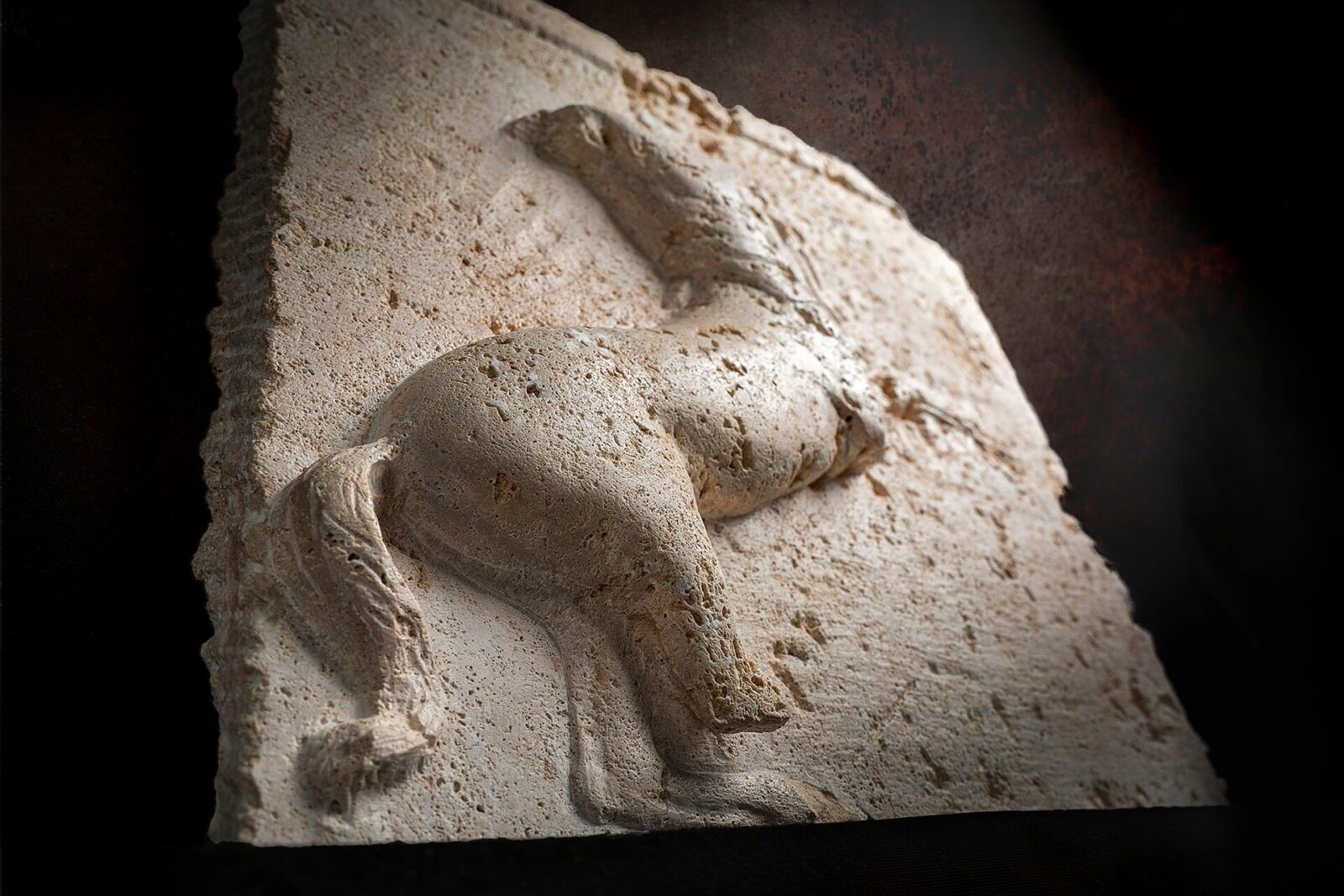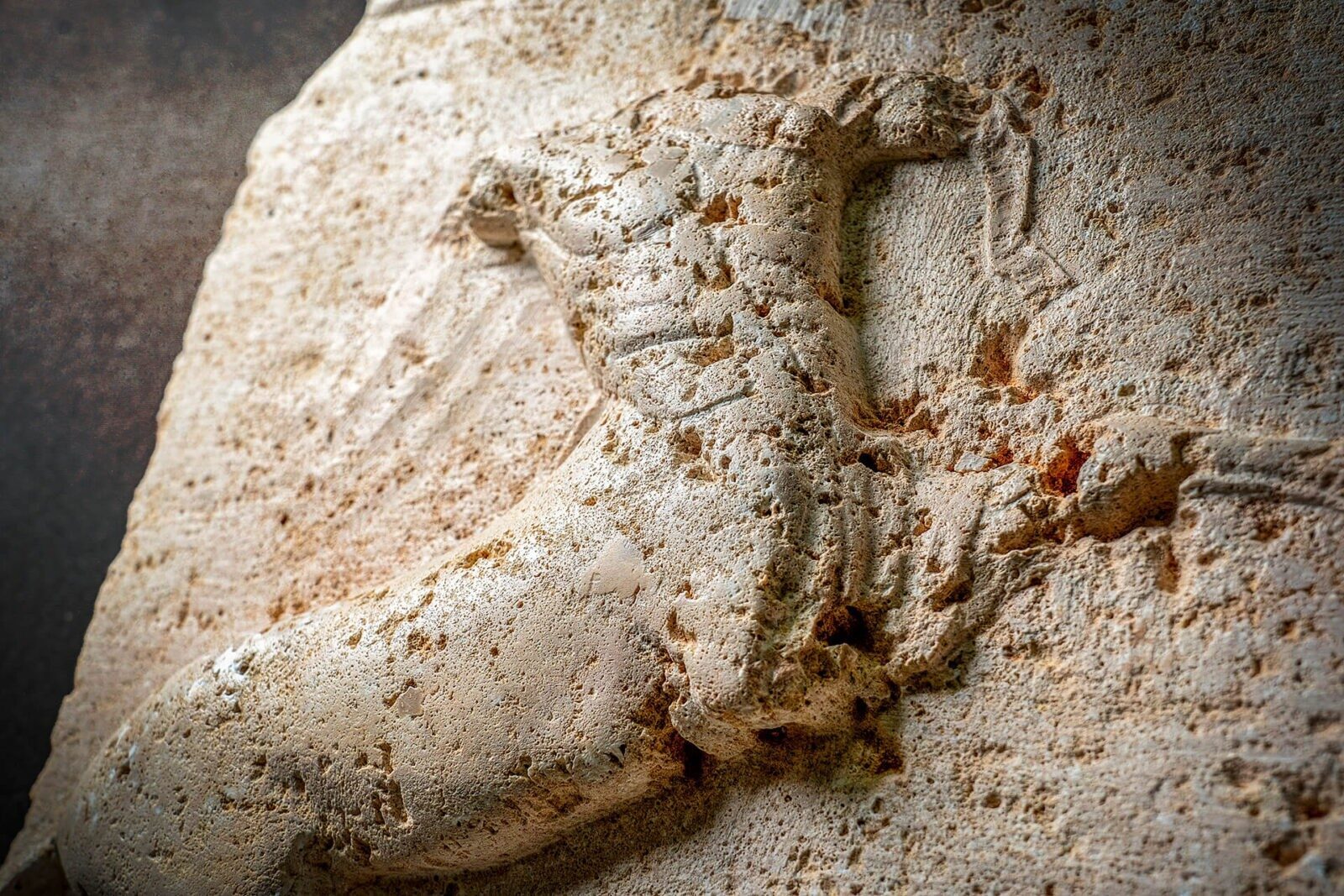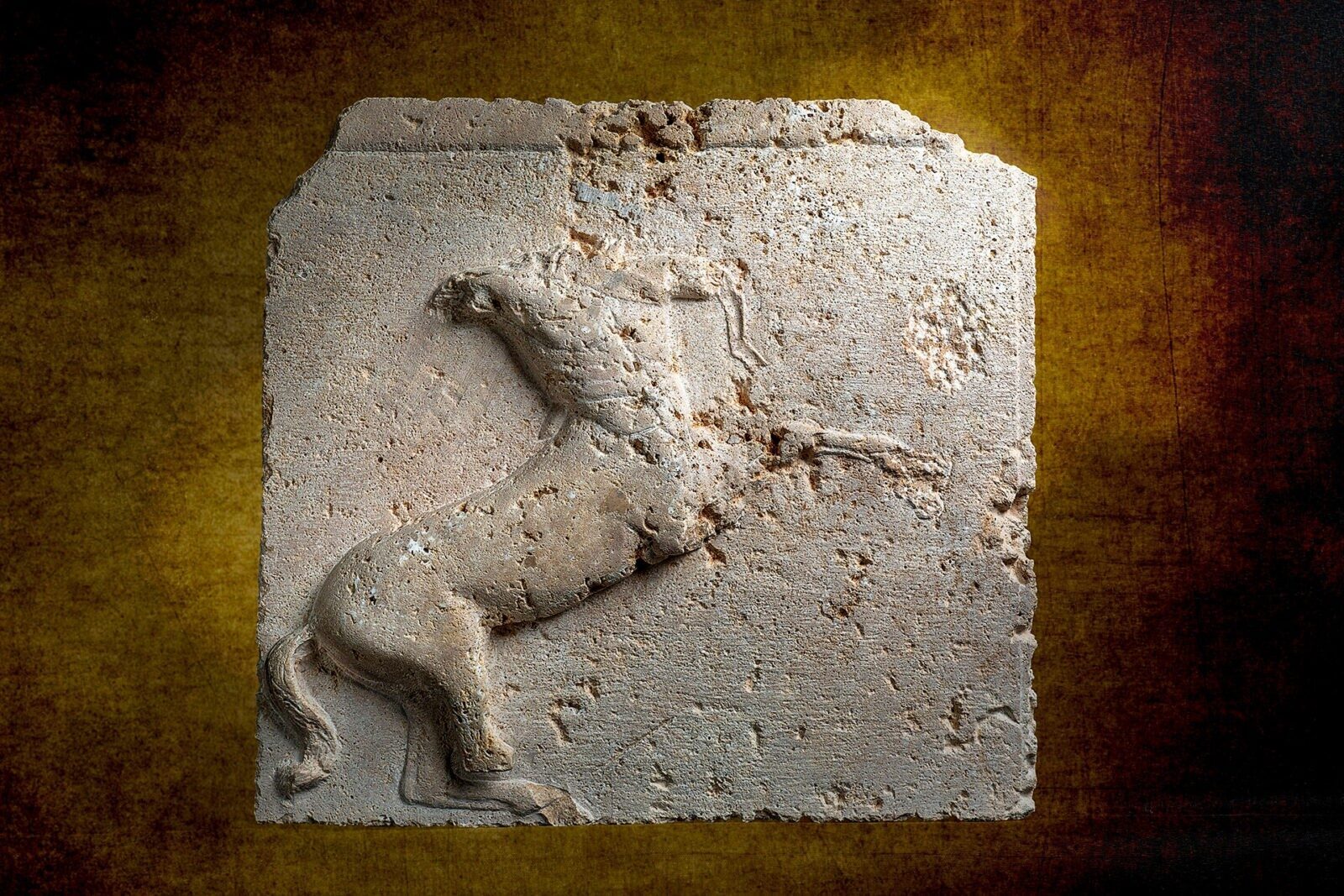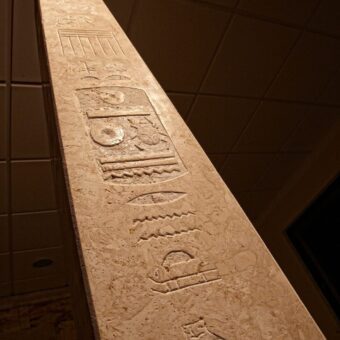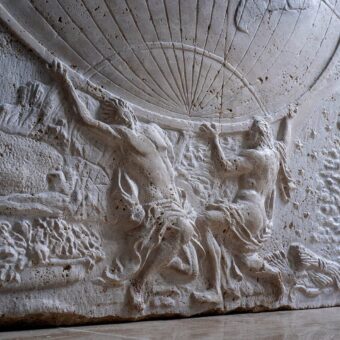CENTAUROMACHY
REPRODUCTION OF THE FIFTH METOPE OF THE SOUTH IN THE ATHEN’S PARTHENON (V CENTURY B.C.) THE BRITISH MUSEUM, LONDON
Battles between centaurs and lapiths mean the civilization triumph over cruelty. The metopes of the south side, as the one we are referring, are the best preserved and accomplished a didactic function with respect to the mythic Greek past. They especially praised Athens as the supreme symbol of the Hellenistic culture.
| Weight | 45 kg |
|---|---|
| DIMENSIONS | 55'5 CM (H), 60 CM (W), 8 CM (D) |
| MATERIAL | TRAVERTINE CRON |
| DELIVERY TIMES: | 35- 45 DAYS |
Battles between centaurs and lapiths mean the triumph of the civilization over cruelty. The metopes of the south side, as the one we are referring, are the best preserved and accomplished a didactic function with respect to the mythic past of Greek citizens. They especially praised Athens as the supreme symbol of the Hellenistic culture.
The sculptural decoration of the metopes in the temple , 92 in total, represents high relieves from different topics in each of its facades: the Gigantomachy (east) Amazonomaquia (west), the Trojan war (north) and the current one centauromachy (south). According to the Greek mythology, in the wooded hills of Thessaly, there was a race of savage but fabulous creatures living there. They were half-man, half-horse: the centaurs. They were the ones who being invited to the wedding of Hippodamia and Pirithous’(lapith king), made a bloody war begin. Drunk and motivated by their instinct, they tried to rape the bride and kidnap all the women. The triumph was scored by the lapiths: reason and human values against the centaurs and their savage passions. As we can find out thanks to the metopes, the naked lapiths – with the exception of some that were wearing clamide- used their round shields and swords. Also, the centaurs are depicted with no clothes or wearing animal skin.
In this reproduction the missing lapith might have a high relief that could have been the reason of its landslide. However, we still can observe a couple of things. On the right, there is a risen centaur which is trying to escape as its neck is grabbed by the LAPITA’S wrist. It is also visible the clamide flying behind its back. We can know the original composition thanks to Carrey drawings in 1674. In them, the centaur is catching the right thigh of the lapith between its front legs while the lapith extends its arms towards him or the lapith, whilst the lapith , reaching out its right arm, tries to get away from it.
It was the great sculptor Phidias, upon the orders of Pericles, the person in charge of embellishing the architecture of the Parthenon (facades, metopes and the interior frieze). The iconographic program of its design - that would later be expressed by different artists- was totally adapted to the square frame among the triglyphs and was furnished with a graceful movement of postures and perspectives that offered energy to the representation and expressed the classic period peak. Furthermore, the chromatic scale typical of Greek architecture and sculpture, could totally change the way we see classic designs.
These stones, which do not correspond to a sky smaller than the Athenian one, are preserved in different museum worldwide, and they keep stimulating the visitors that contemplate them. However, we envy men and women that could come across such architectonic treasure in the Athens Parthenon at the end of the V century before Christ. They had to be amazed by the perfect and magnificent result committed to the Greek ideal of beauty and harmony.





